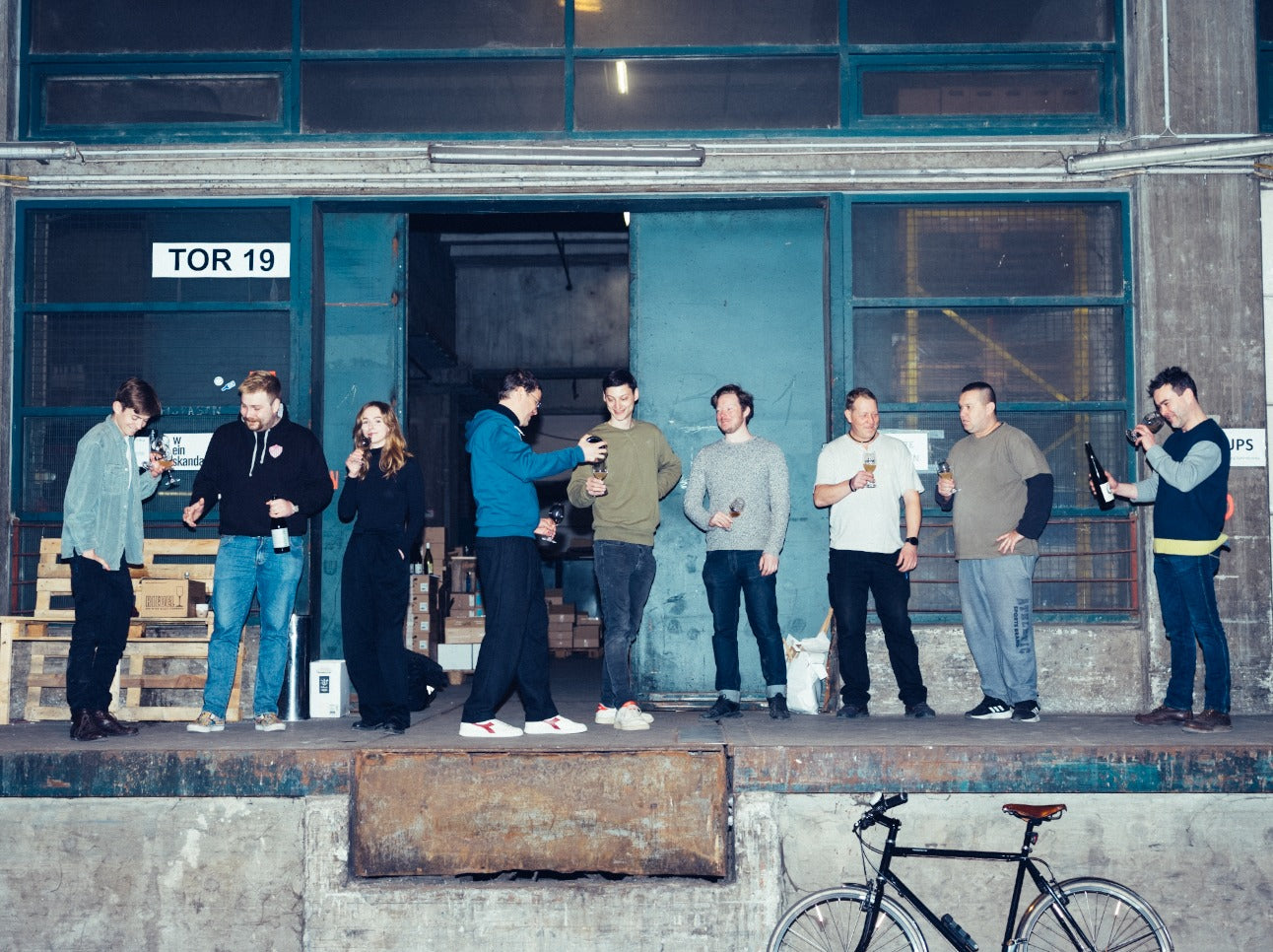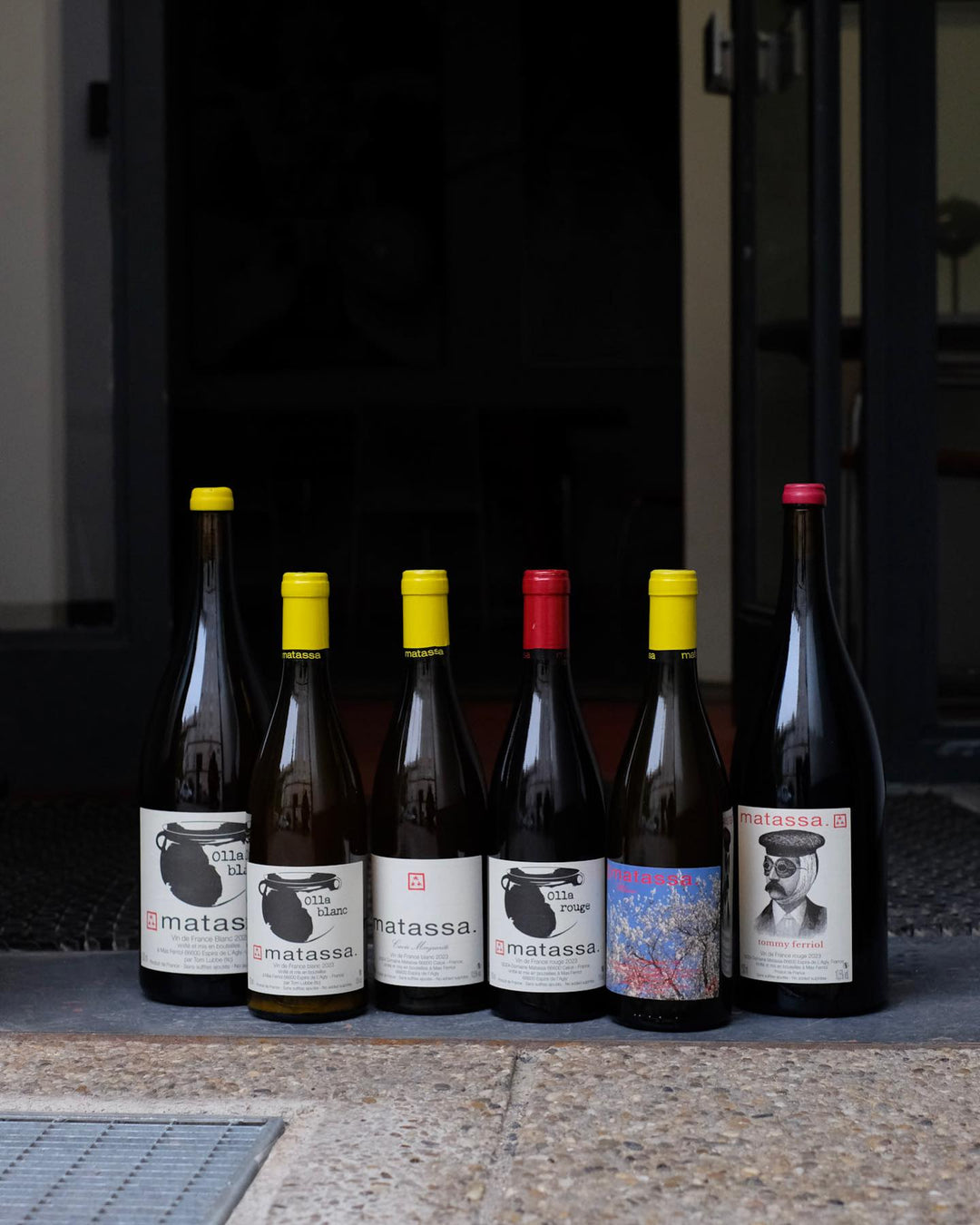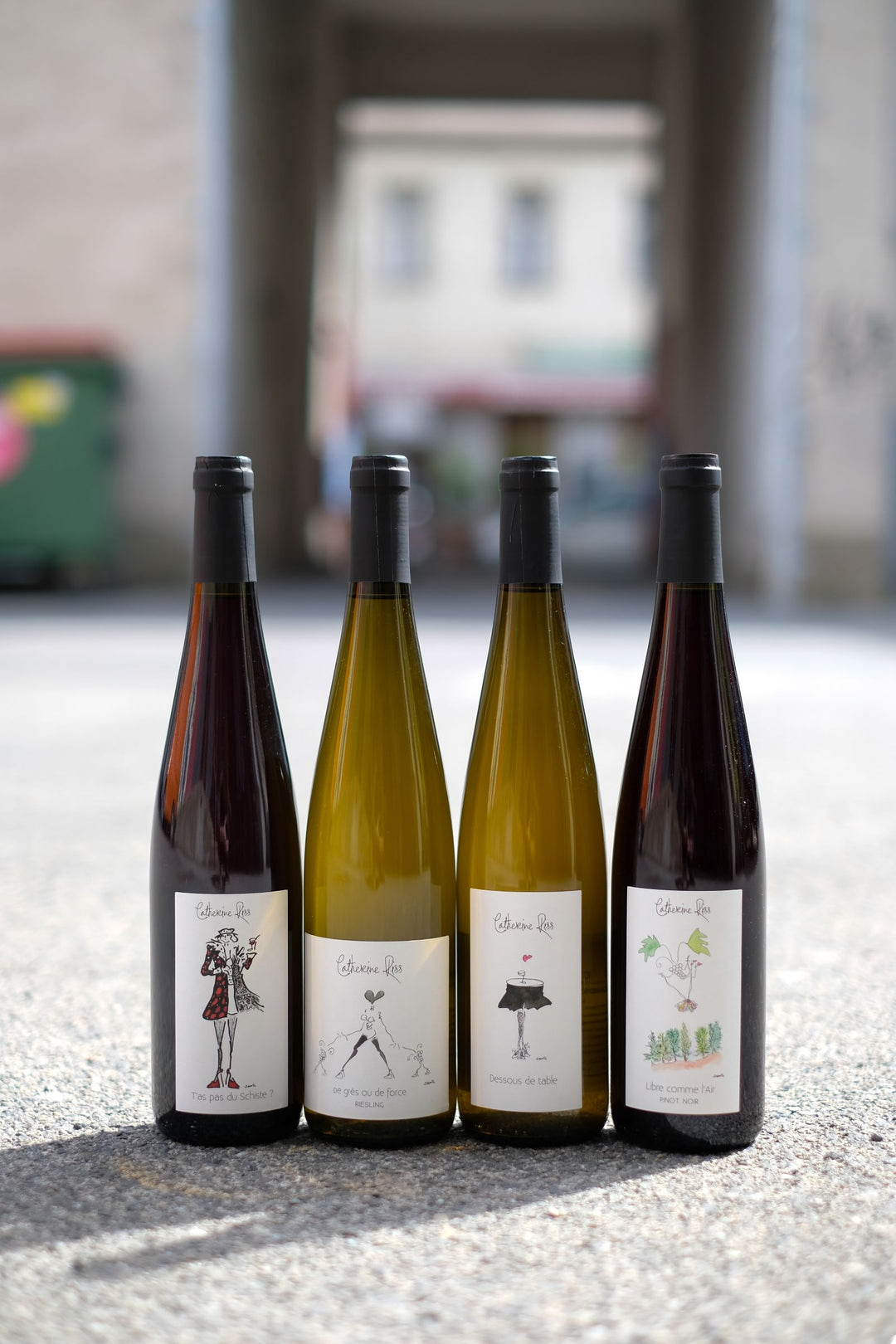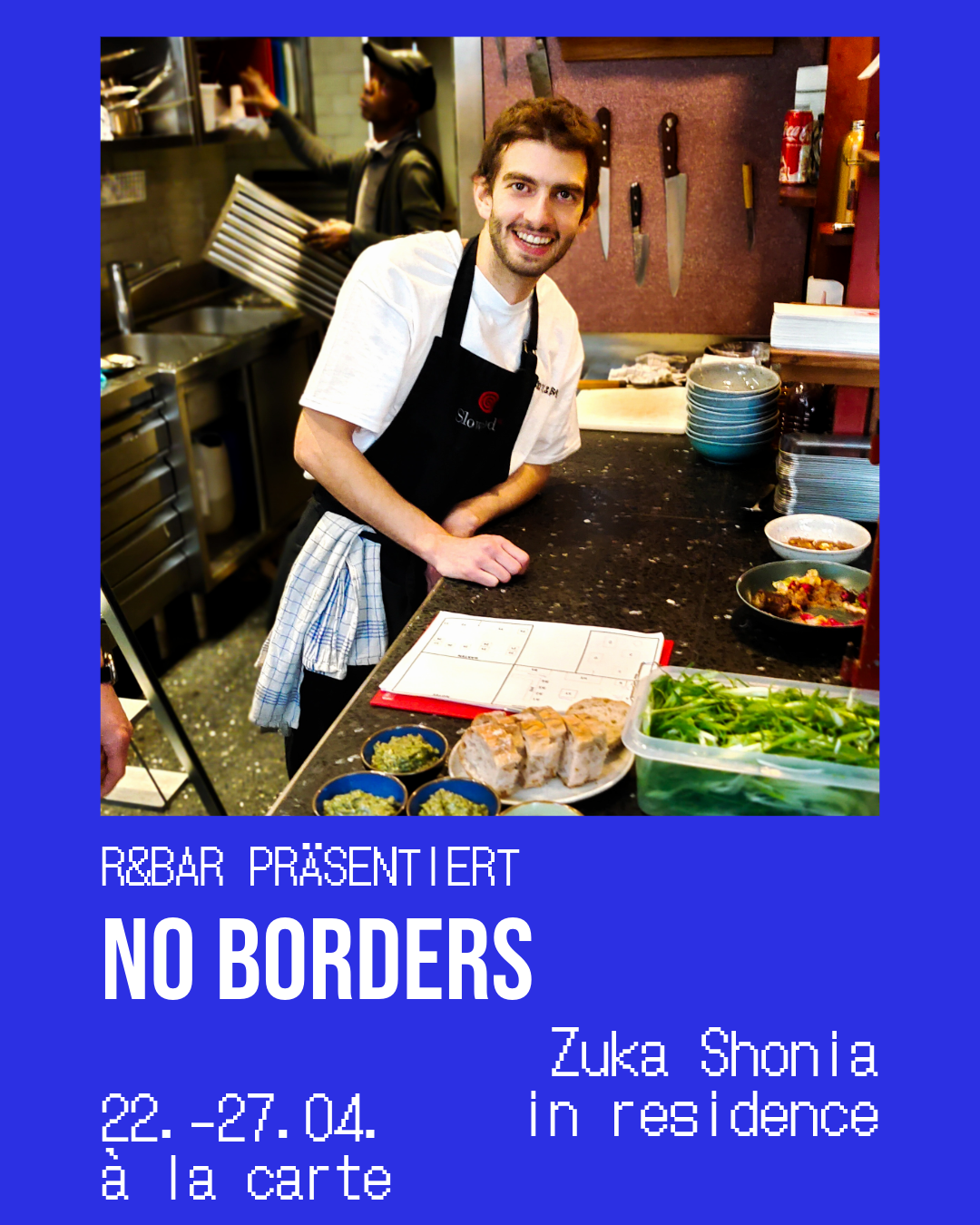WSK Special pt. 2 It's getting hot in here! english version
Weinskandal Special pt.2: It’s getting hot in here!
Whether Nelly had climate change in mind with his 2002 song remains debatable. Nevertheless, the first instances of unusually warm vintages in European viticulture began to capture media attention around that time. The years 2000 and 2003 stood out then, but now it seems like nearly every year reaches that level. Initially embraced, especially in cooler regions that used to struggle for every degree of sugar, the full impact of this dramatic shift only truly manifested for many winegrowers in 2018. Sunburned grapes and withering vines. Vineyard diseases stemming from nutrient deficiencies. Just before harvest, must weights skyrocketed within a week - and suddenly, acidity vanished! pH levels soared! Exhaustion set in.
In the Jura, Loire, Alsace, Burgundy, and even in Italy and Austria, fermentation challenges became more pronounced. The resulting wines often exhibited a pungent aroma and an inappropriate amount of residual sugar. They appeared incomplete and somewhat unrefined. Particularly with clear musts that were immediately pressed, complications emerged. These directly pressed wines form the classic wine style we're familiar with.
Fermentation delays are commonplace. Yet, when they persist, there's a risk of the wine turning into vinegar – a winemaker's nightmare. These fermentation stalls have made pure yeast strains and yeast nutrient salts a primary selling point. While Europe voiced concerns, German journalists hailed the hot year as one of the finest vintages of the century – finally, powerful wines!
Furthermore, the yields in 2018 were monumental. The euphoria of abundant wine production was immeasurable. The only casualty was typicity. That's not overly concerning; a little help from the lab never hurts. The only impractical aspect was that subsequent years didn't bring much relief in terms of temperature. Every year brought new heat records. Even in Germany, more and more issues became apparent. The initially lauded 2018 vintage often came across as lush and weary. What would become of the delicate Kabi?
However, in 2022, matters worsened. Fermentation problems swept through Europe once again, affecting almost every winemaker. The stressed musts, grappling with drought and heat, faced challenges. It was novel for this issue to impact conventional wineries on such a large scale. In the Loire, Zoé Puzelat shared, that musts infused with pure yeast strains and yeast nutrients inexplicably stalled a few weeks after harvest. They refused to ferment further. Even lab analyses failed to offer a clear answer – all the necessary elements were present. Yet, fermentation came to a halt.
Sometimes, the response to unpredictable weather is to intensify the use of additives. The sales of pesticides and spraying agents are on the rise. However, this is a short-sighted coping strategy. Real change takes time and demands a willingness to rethink approaches. Living in the past is not an option!
Tom Lubbe of Matassa is well-versed in fermentation challenges and has adjusted his methods over the years. He's adapted to drought and extreme heat. This wasn't the case in the early 2000s. However, rainfall in Roussillon now averages less than 300 mm per square meter in many years – making the region climatologically akin to a desert! Nowadays, Tom ferments almost all his wines on the skins – whole grape clusters gently treaded and meticulously pressed. The skins and stems contain more nutrients, allowing fermentation without additives. Directly pressed wines, prominent between 2000 and 2010, are now nearly obsolete. They ferment more slowly, present more difficulties, lack purity, and may retain sweetness for extended periods. In 2021, he boldly made a direct comparison by pressing half of his Grenache Blancs directly and fermenting the other half on the skins. The skin-contact version was bottled, sold, and enjoyed, while the directly pressed version remains in the cellar, gradually fermenting away; whether it will ever become dry remains uncertain. And this issue isn't restricted to the south. Christian Tschida once confided that he fears losing the ability to choose between direct pressing or not!
Lately, sommeliers have been championing "'mineral, taut, saltine' wines are in" – fantastic news, we say! But where will these wines originate? Shifting latitudes hasn't proven to be the solution. Southern England isn't the new Champagne, and Denmark isn't the Moselle. New regions are emerging with similar conditions, but not the same as before. The answer doesn't lie in new wine-growing areas.
Over the past decade, Burgundy, the epitome of saline mineral wines, was only as cool as the long-term average in 2021 and 2016. Julien Labet from the neighbouring Jura even crafted a skin-contact Chardonnay in the scorching year of 2018! The wine community buzzed with excitement. Now he's creating 'orange wine.' Some customers argued that this isn't authentic Jura wine! The implications also affect us, the consumers. Julien would have preferred to make a directly pressed Chardonnay, but the grapes had a potential alcohol content of 16%. Another option is to simulate the flavours of this desired yet increasingly elusive wine style with the help of additives.
By resisting change, we become easy targets for deception on a grand scale. We're inadvertently encouraging winemakers to cheat! This widespread occurrence is happening in Burgundy, where substantial sums are at stake. These wines have little in common with true Burgundy, but instead showcase the ingenuity of oenologists and their skills. It cannot be the solution that we have come back to the beginning of the story! We must stay where we are and re-evaluate our perspective. We'll delve into what that might entail soon.






Hinterlassen Sie einen Kommentar